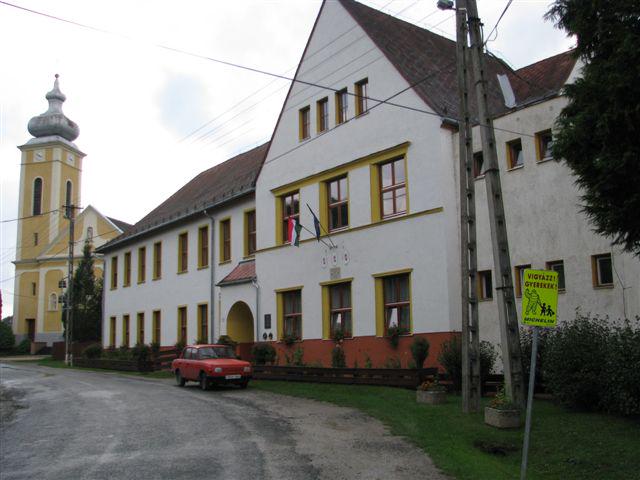Košič was born in 1788 in the small village of Bogojina. He eventually became a parish priest. Like many priests at the time, he had the benefit of an extensive education, and he developed a scholarly interest in language.
While serving as a priest, Košič decided to write a book about Hungary’s Slovenian-speaking community. At the time, the authorities were skeptical of anything they perceived as national agitation, so Košič initially published his study anonymously in a newspaper. But the book did eventually make it into print, and it became one of the first works devoted to the Hungary’s Slovenians and their culture – an early example of national awareness among the intelligentsia.
Initially, Košič was enthusiastic about the Hungarian language, which he saw as a bond uniting all the nationalities of Hungary. But he soon discovered the potential of the local Slovenian vernacular as a full-fledged literary language.
He ultimately became a promoter of the Slovenian language; his works celebrated the local culture, but they were also written in Slovenian. Košič became one of the first writers to use Slovenian for secular texts, and he updated the language by creating neologisms that finally brought the peasant tongue into the 19th century. In the process, he helped to create the Prekmurje variety of the Slovenian literary language, which would inspire many other important works in the years to come.
Košič died in 1867. By then, Prekmurje Slovenian, which he had helped to create, was becoming established in literary circles. It was also fostering a sense of national identity among the local Slovenian community -- an awareness that helped to ensure that Prekmurje would join the new South Slavic state after World War I.



































































